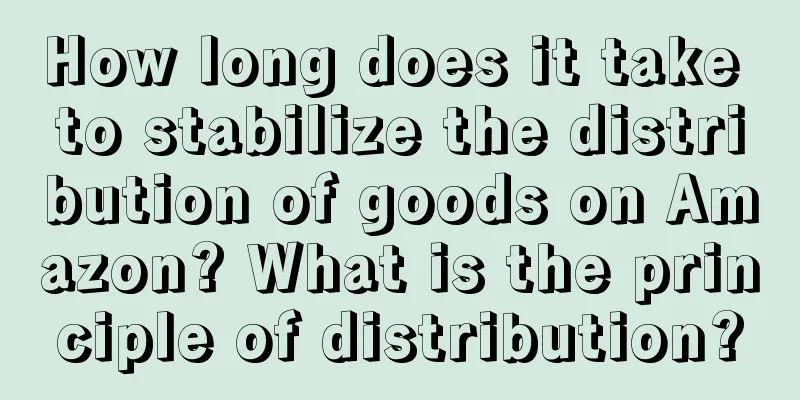Do cross-border e-commerce businesses need to pay taxes in China? What taxes should they pay?

|
With the expansion of cross-border e-commerce, more and more merchants are entering the cross-border e-commerce industry. However, if you want to enter the cross-border e-commerce industry, you must understand the relevant taxes. The most basic one is the tariff. Do cross-border e-commerce companies have to pay taxes domestically? Next, we will explain this aspect to you. 1. Do cross-border e-commerce businesses need to pay taxes in China? Cross-border e-commerce must pay taxes, especially tariffs. 2. What taxes should be paid? 1. Import VAT Import VAT refers to the VAT levied at the import stage, which is a circulation tax. Unlike general VAT, which is the taxable amount for production, wholesale, and retail, import VAT is a special VAT at the import stage. Amazon sellers make sales after paying import VAT to the authorities, and the actual VAT can be deducted from the import VAT (difference tax). 2. Import tariffs Import tariffs are taxes levied by a country's customs on imported goods and merchandise. Amazon sellers are required to pay taxes to the customs of the target country before selling goods, including the value of the goods themselves and shipping costs, which cannot be refunded. The tax rate may range from 0%-20%, and the import tariff rate may be different for different countries and goods. If you arrange tax planning, try to buy in countries that have signed free trade agreements. 3. Income tax Income tax refers to a tax levied by the state on various incomes collected by legal persons, natural persons and other economic organizations within a certain period of time. It is generally divided into corporate income tax and personal income tax. According to the actual operating profit adjustment and multiplied by different income tax rates, e-commerce sales personnel should pay corresponding income tax in the target country or countries according to the different nature of the subject (individual or enterprise). 4. Turnover tax/value added tax (GST) Value-added tax is a tax payable after the sale of goods. Value-added tax refers to the flow tax levied on the value-added tax generated during the circulation of goods (including taxable services) as the tax standard. In the tax calculation principle, value-added tax is a flow tax levied on the added value of different parts of the production, circulation, and service of goods or the added value of goods. A high additional tax is imposed. In other words, consumers bear the value-added tax without value-added tax. Cross-border e-commerce generally pays the above taxes. Merchants need to pay taxes in a timely manner. Do not pay late or not pay taxes. This will bring obstacles to the development of the store. To do cross-border e-commerce, merchants must optimize their stores, abide by platform rules, and improve their competitiveness! |
Recommend
What does Amazon BD mean? How to participate?
In recent years, there are more and more ways to p...
Please stop the ineffective promotion of products on Xiaohongshu
Planting grass on Xiaohongshu is a common way for ...
Can the domain name still be used after Shopify closes the store? How to avoid it?
After we open a store on Shopify, we must abide by...
Letter to the boss: Category domination is the ultimate goal of Xiaohongshu's operation
The author of this article talks about how to occu...
Yiwu boss sells zippers for a few cents each, with annual sales of 30 million
This article interviews the owner of the Yiwu zipp...
The wet market is the most underestimated traffic source!
Many people have always believed that only new pro...
Are there risks with Amazon Linked Accounts? What are the risks?
When you are using Amazon, you can check the accou...
Data Operations | The first step to using data—finding data
This article is an in-depth discussion on data ope...
The paid “game within a game” of a short drama worth hundreds of billions
Short dramas are popular recently, but viewers hav...
How long will warehouse-style membership supermarkets remain popular?
In recent years, warehouse-style membership superm...
How to optimize Amazon when there is no supply? How to solve the supply problem?
On the Amazon e-commerce platform, the stability a...
Long and short videos in 2024
As 2024 draws to a close, we look back at the deve...
Is Focus Media old? | 5000 words to reread the value of elevator media
Is Focus Media old? The author analyzes the curren...
How to write a cross-border e-commerce advertising script? How to advertise?
With the development of the global economy and the...
How is tradeindia? Is it expensive?
There are still many cross-border e-commerce platf...









